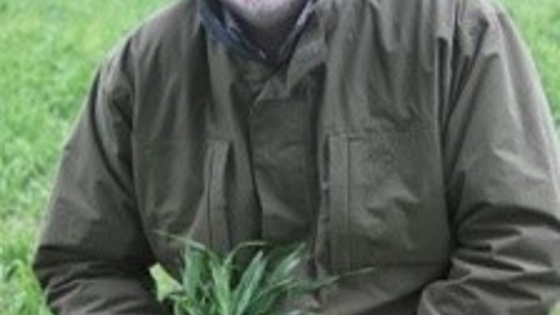Control of Annual Meadow-grass
Having a relatively shallow root system and small seed, this weed is more prevalent in soils with high organic or residual Nitrogen, that have an inherent tendency to form a fine, crumb structured tilth. Seed set by mature plants under the protective canopy of an established arable crop will often germinate quickly once the crop canopy is removed at harvest. Delaying any soil movement after harvest can promote the rapid germination and establishment of seedlings, making stale seedbed techniques more effective.
The application and incorporation of organic materials such as manures, composts and digestates, and any soil disturbance associated with the establishment of cover crops, could be delayed until after the initial post-harvest flush of weeds has been controlled.
Although addressing drainage and compaction issues will have little impact on this weed and its ability to establish quickly in an autumn-sown crop, any soil-related issue that affects crop establishment, development or nutrient uptake will place the weed at a competitive advantage.
While delaying soil management operations can enhance weed control, delaying the establishment of the following crop can have associated yield penalties. Nutritional seed treatments, the application of placement, or starter, fertilisers and the inclusion of nutrients such as Phosphorous in early foliar treatments can be help to minimise this.

Soil Management
Our Expert
Neil Fuller
Our expert on weed control through soil management is Neil Fuller. Soils health is the capacity of soil to function as a living system. Healthy soils maintain a diverse community of soil organisms that help to control plant disease, insect and weed species. Soil health is influenced by the dynamic interactions that occur between the physical, chemical and biological components of the soil. Measuring soil health is therefore crucial in order to keep these interactions in balance.

